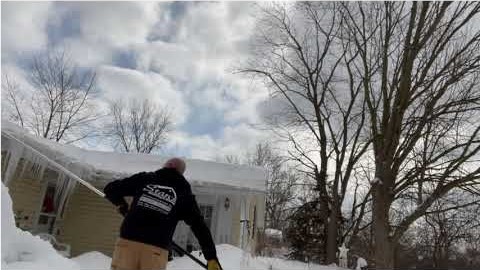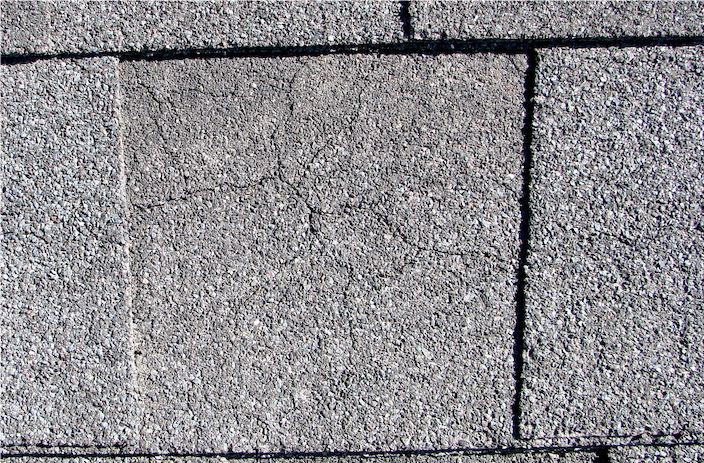Winter is coming. Is your home ready? Most homeowners think of winterizing their cars as well as preparing to wear warmer clothing coats, hats and gloves. Your home should be no exception.
For starters, are your utility bills higher year after year? Have you checked the insulation in your attic? Do you have the proper amount in your attic? Most homeowners think they have plenty. In the midwest it is suggested to have R49 or 19.1 inches of rolled or blown insulation between the rafters. The minimum would be 12.4 inches. Also the misconception of attic space being used for storage is widespread amongst homeowners. Attic space should remain clear of all items other then extended vents and insulation. Adding boards in the attic can create a thermal bridge. Insulation will not be able to do its job and may cause dampness. Once that happens, mold and other bacteria may spread through the attic as well as into your home. Another myth is that you will save money on heating and cooling bills by turning your systems down or off while you are not home. What this will do is allow the home to cool or heat up and that air will escape through your attic space if not properly insulated. While checking your attic insulation, look closely towards the edge of the roof inside to see if your soffit venting is blocked by insulation. These areas should be cleared or have baffles in place to allow your roof to breathe. You also need to verify that your home has the proper amount of soffit venting in place as well as a ridge vent at the top of your roof. To check the soffit quantity, Measure the length and width of the attic and multiply them together. Divide that answer by 150. That result will be the total venting space needed for the attic space.
The next thing you can do is check on the roof. Snow and ice build up can really put a burden on a homeowner. Start by making sure your roof is in tact. Look for missing or loose shingles, staining, leaks, or pooling water after a rain. Remove any leaves and tree limbs from the roof and gutters and clean your gutters of all debris. Check the flashings around the chimney and vent stacks as well as any other areas where the roof surrounds and should be sealed. Is the seal broken or cracked? Is the caulk peeling or cracking away? Is it wrinkled therefore allowing moisture to seep in? Are there holes in areas of the roof that animals may have burrowed into? Lastly, check your ceilings in your home. Are there water marks where your roof has leaked previously.
One of the last things you can do to ensure your home is ready for winter is to inspect your windows and siding. Do you see cracks or gaps? Is window trim bent or caulk cracked or peeling from where it should be smoothly sealed? If you notice multiple areas in which you have issues, you may need to replace siding.
Call us for your free estimate today and let Stan's Roofing and Siding make your home fight back against the elements
Tags
Subscribe to Stan's Roofing & Siding's Blog








Comments